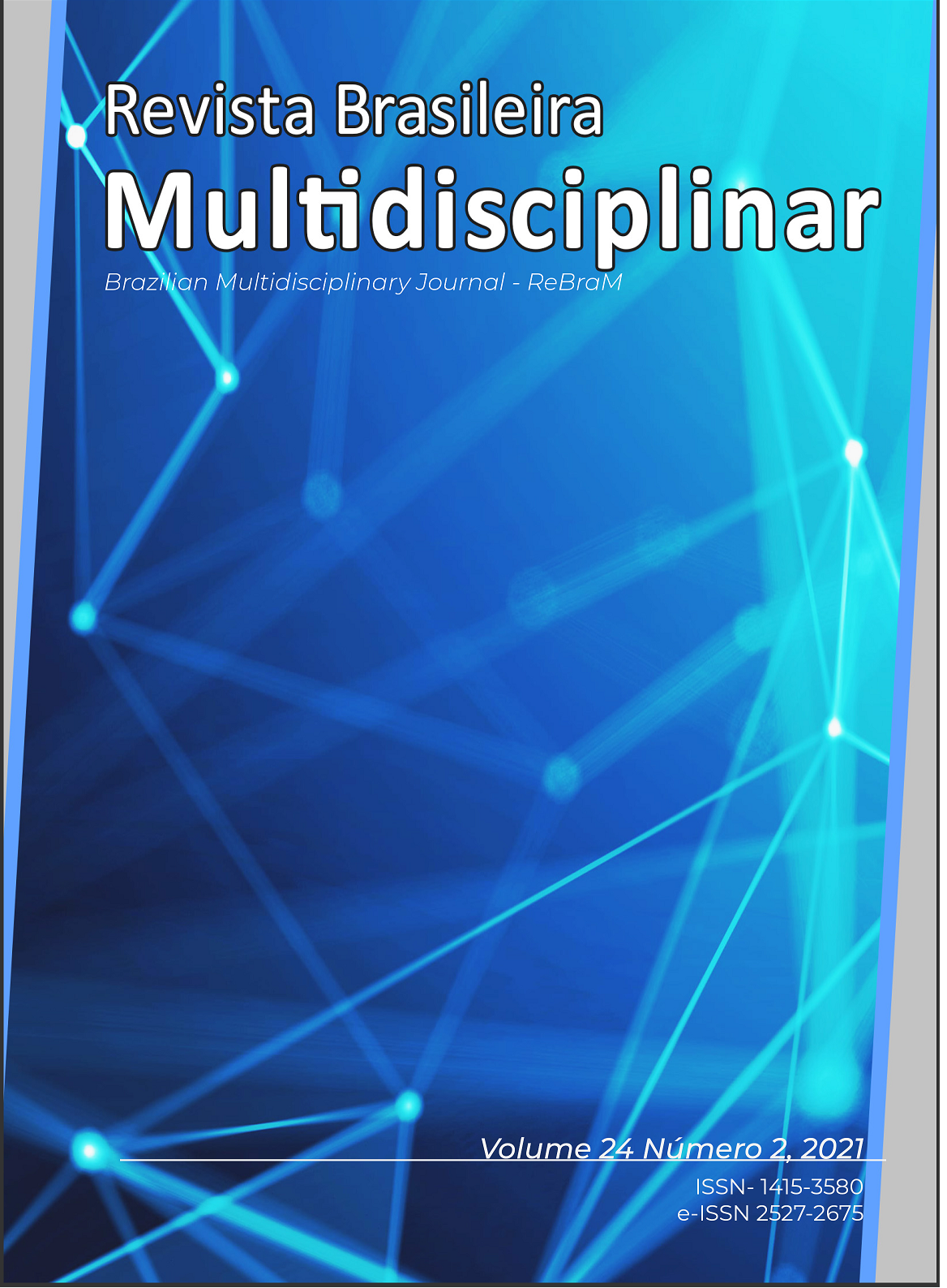Tratamento da classe III dentária com alça de forças paralelas – relato de caso
Main Article Content
Abstract
A má oclusão de Classe III é um tipo de desvio dentoesqueletal cuja incidência varia entre 3% e 13% da população, sendo muito difícil de se diagnosticar e tratar, e o tratamento ortodôntico precoce tem sido a principal forma de tratamento para os pacientes que apresentam esta deformidade, com envolvimento dentário e/ou esquelético. A má oclusão de Classe III de Angle apresenta o sulco mésio-vestibular do primeiro molar inferior posicionado mesialmente em relação à cúspide mésio-vestibular do primeiro molar superior. O diagnóstico adequado é indispensável para a decisão do tratamento, uma vez que pode ser observado o envolvimento de vários elementos, tais como dentes, ossos e musculatura, que caracterizam, respectivamente os tipos de Classe III dentária, esquelética e funcional. Os pacientes que são relutantes em relação à cirurgia, ou encontram-se relativamente satisfeitos com a sua aparência, recorrem a uma das únicas alternativas, que seria tratar por meio de uma compensação dentoalveolar, sem a correção do problema esquelético. O propósito deste trabalho é apresentar um caso clínico de má oclusão de Classe III de Angle, paciente R. L. (21anos), diagnosticado, através de exames clínico e radiográfico, como Classe III esquelética. Utilizou-se a filosofia de Ricketts (arco seccionado) para realizar o tratamento ortodôntico compensatório com a utilização da alça de forças paralelas para distalizar os primeiros molares inferiores, levando-os a relação de Classe I de Angle. O tratamento durou um ano e seis meses, o perfil côncavo do paciente se manteve. Concluiu-se, portanto, que o tratamento com arcos seccionados é uma excelente opção para a distalização dos molares inferiores nas más oclusões de Classe III de Angle.
Downloads
Article Details

This work is licensed under a Creative Commons Attribution-NoDerivatives 4.0 International License.
• The author (s) warrant that the contribution is original and unpublished and that it is not in the process of being evaluated in other journal (s);
• The journal is not responsible for the opinions, ideas and concepts issued in the texts, as they are the sole responsibility of the author (s);
• Publishers have the right to make textual adjustments and to adapt the article to the rules of publication.
Authors retain the copyright and grant the journal the right of first publication, with the work simultaneously licensed under the Creative Commons Attribution License, which allows the sharing of work with acknowledgment of authorship and initial publication in this journal.
Authors are authorized to take additional contracts separately, for non-exclusive distribution of the version of the work published in this journal (eg publish in institutional repository or as book chapter), with acknowledgment of authorship and initial publication in this journal.
Authors are allowed and encouraged to publish and distribute their work online (eg in institutional repositories or on their personal page) at any point before or during the editorial process, as this can generate productive changes as well as increase the impact and citation of the published work (See The Effect of Free Access) at http://opcit.eprints.org/oacitation-biblio.html
References
AMARAL, R. L. Avaliação cefalométrica através de um Wigglegram: uma nova proposta. 1998. Trabalho de Conclusão de Curso (Especialização)–Faculdade de Odontologia, Pontifícia Universidade Católica de Minas Gerais, Belo Horizonte, 1998.
ANDREWS, L. F. The six keys to normal occlusion. Am. J. Orthod., St. Louis, v. 62, no. 3, p. 296-309, Sept. 1979.
ANGLE, E. H. Classification of malocclusion. Dental Cosmos, Philadelphia, v. 41, no. 18, p. 248-264, Mar. 1899.
ARAT, Z. M.; AKÇAM, M. O.; GÖKALP, H. Long-term effects of chincap therapy on the temporomandibular joints. Eur. J. Orthod., Oxford, v. 25, no. 5, p. 471-475, Oct. 2003.
ARAÚJO, E. A.; SOUKI, M. Bolton anterior tooth size discrepancies among different malocclusion groups. Angle Orthod., Appleton, v. 73, no. 3, p. 307-313, June 2003.
ARAÚJO, E. A. Hereditariedade em Ortodontia. In: SAKAI, E. et al. Nova visão em Ortodontia e Ortopedia Facial. São Paulo: Sociedade Paulista de Ortodontia, 2000.
ARAÚJO, E. A.; KIM, B. J.; WOLF, G. Two superimposition methods to assess Class III treatment. Semin. Orthod., Philadelphia, v. 13, no. 3, p. 200-208, Sept. 2007.
BACCETTI, T.; FRANCHI, L.; McNAMARA JR., J. A. Growth in the untreated Class III subject. Semin. Orthod., Philadelphia, v. 13, p. 130-142, Sept. 2007.
BOARD BRASILEIRO DE ORTODONTIA E ORTOPEDIA FACIAL. Manual de normas para certificação. Disponível em: <http://www.bbo.org.br/> Acesso em: 4 jun. 2008.
BOLTON, W. A. The clinical application of tooth-size analysis. Am. J. Orthod., St. Louis, v. 48, no. 7, p. 504-529, July 1962.
BRODIE, A. G. On the growth pattern of the human head: from the third month to the eight year of life. Am. J. Anat., Chicago, v. 68, no. 2, p. 209-262, Mar. 1941.
GARBIN, ARTÊNIO JOSÉ ISPER, GRIECO, FRANCISCO ANTÔNIO DELGADO, LEANDRO BIELLI ROSSI. Ortodontia De Visão: Filosofia De Ricketts 1 ed. Editora Tota, Araçatuba, 2015, 512 p.
GARBIN, ARTÊNIO JOSÉ ISPER, GUEDES-PINTO, EDUARDO, GRIECO, FRANCISCO ANTÔNIO DELGADO. Bioprogressiva e reabilitação neuro-oclusal: a evolução da Ortodontia. 1 ed. Editora Somos, Araçatuba, 2009, 512 p.
SOUSA, MACLAINE CAMILA NUNES DE; GONÇALVES, MILEIDE DE ARAÚJO; PINHEIRO, PAULO MÁRCIO DE MENDONÇA . Má oclusão classe III de Angle: diagnóstico e tratamento precoce. REVISTA CIENTÍFICA DO ITPAC . Vol3; Núm 2; Abril de 2010.
BITTENCOURT, MARCOS ALAN VIEIRA. Má oclusão Classe III de Angle com discrepância ântero-posterior acentuada. R Dental Press Ortodon Ortop Facial Maringá, v. 14, n. 1, p. 132-142, jan./fev. 2009.
NGAN, P. Biomechanics of maxillary expansion and protraction in Class III patients. Am. J. Orthod. Dentofacial Orthop., St. Louis, v. 121, no. 6, p. 582-583, June 2002.





